The development of micro- and nano-metric encapsulation and porous spheres and their potential applications in cell culture and tissue regeneration have been reviewed in an article published in the journal Polymers.
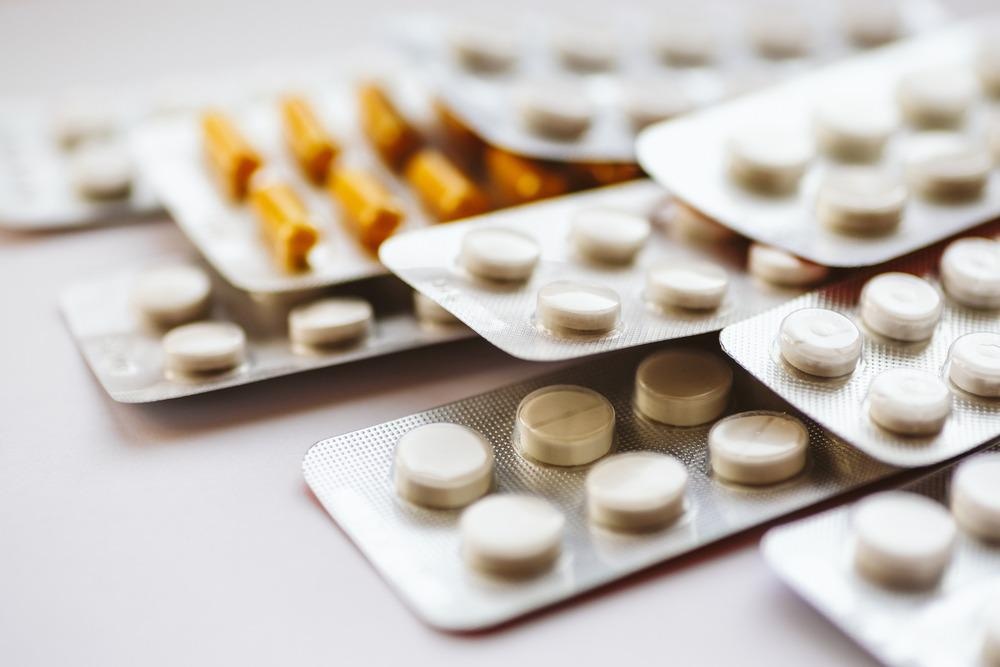
Study: Designing Natural Polymer-Based Capsules and Spheres for Biomedical Applications—A Review. Image Credit: DedMityay/Shutterstock.com
Disadvantages of Traditional Drug Therapy
The drug or pharmacological agent is administered directly into the body via oral, respiratory, or injectables routes in traditional drug therapy. However, this approach has several disadvantages, including loss of prescribed medication on the way from the administration site to the target site due to biological deterioration and increased chances of over- or under-medication.
Because of these flaws, a new approach is required.
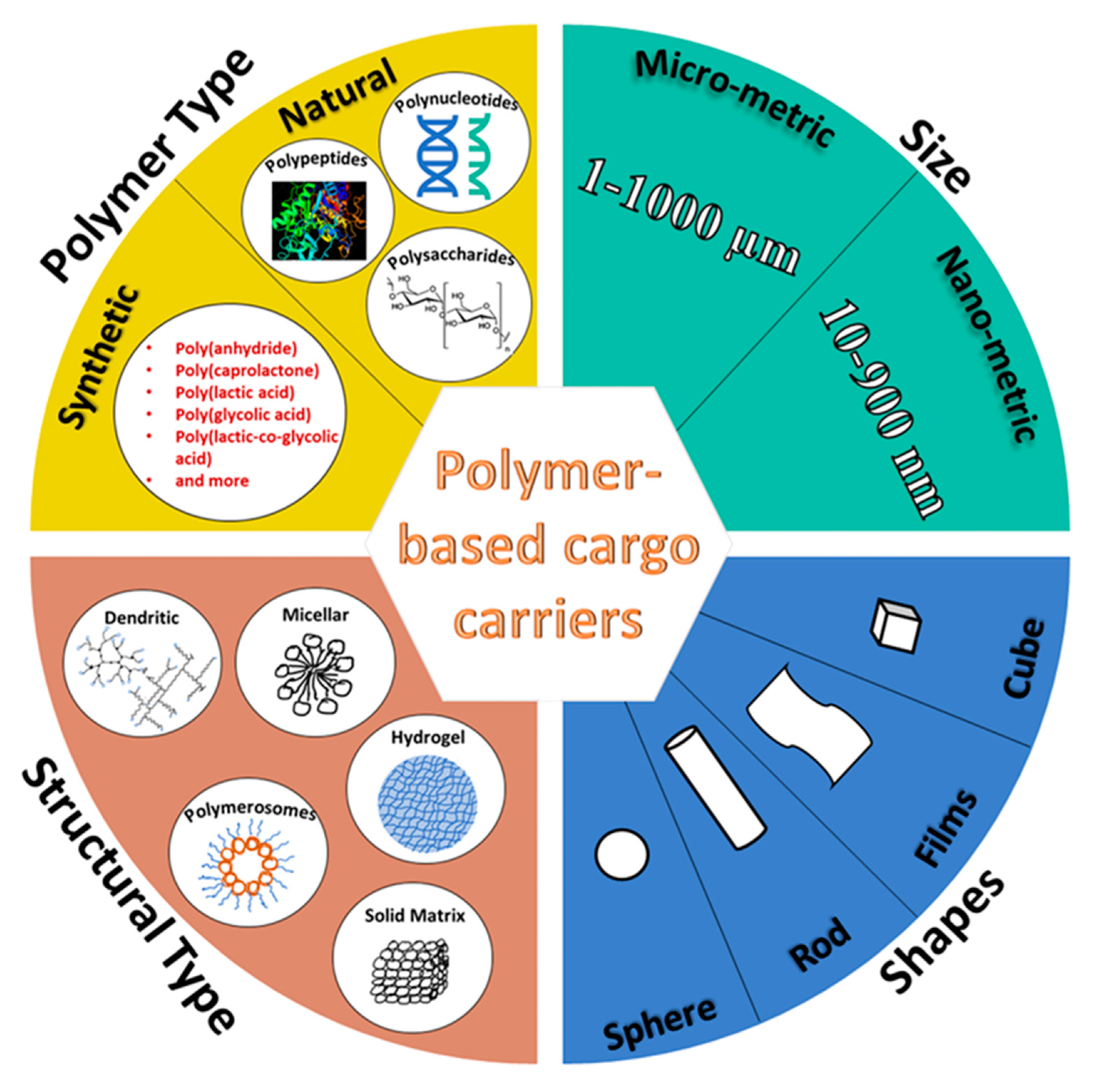
Classification of polymer-based carriers of biomedical cargo. © Sharma, K., et al. (2021).
Developing Nanotechnology Methods
Developing nano- and micro-capsules necessitates considering their use in various biomedical purposes. Such functions may include sustained release of cargo at the impacted place in the body, stimuli-responsive cargo discharge, targeted distribution to the action site, safeguards from the hostile bodily surroundings, and improved bioavailability in the body.
The structural arrangements of the spherical APC carrier systems (SACS) and method of cargo encapsulation are selected based on these biomedical parameters, which determine the final path/technique of capsule synthesis.
Function of Core-Shell Materials
The physicochemical characteristics of the natural polymer, its applications, and the required mechanism of action influence the choice of core–shell material. Sustained-release equations are made from natural polymeric shells and core materials that allow for the extended-release of APC through various processes such as dispersion, erosion, osmotic pressure, and swelling.
Purely diffusion-controlled release from a capsule describes the mass transfer of the cargo from the capsule to the release media, which is driven by their gradient of concentration. However, natural polymer release capsules generally undergo a mixture of dissolution, inflammation, and erosion procedures to discharge the cargo at the target location.
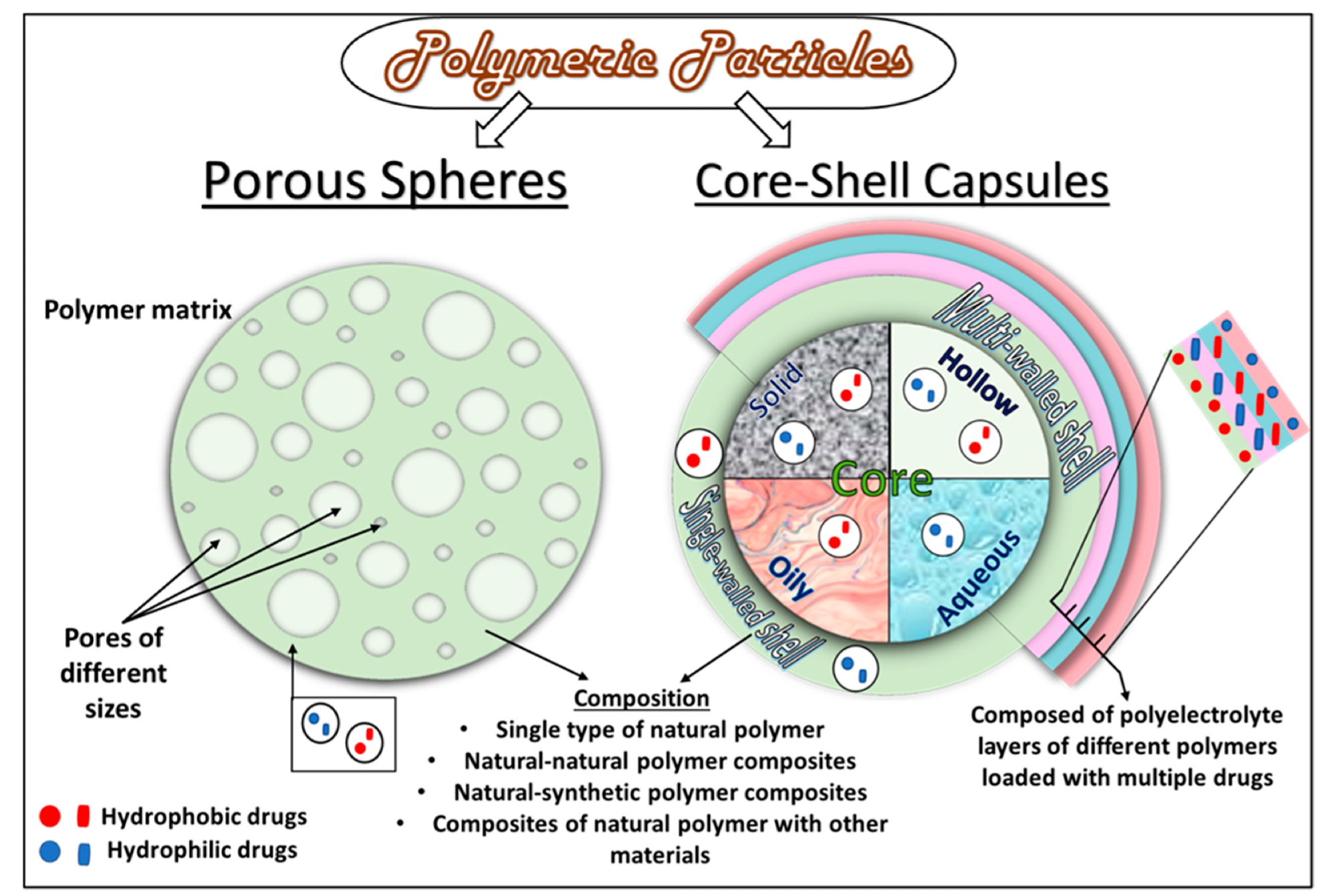
Structural configurations of core–shell and porous natural polymeric/protein particles. © Sharma, K., et al. (2021).
Drug Delivery System
Cargo or drug release processes may be triggered in response to an external stimulus such as temperature and ph changes or the existence of digestive enzymes. Due to the sensitivity of certain components (including the amine group in chitosan) to the certain pH and high temperature, ionic polysaccharide-based pods of chitosan, alginate, agar, carrageenan, cellulose, gaur, and xanthan gum have shown pH- and temperature-responsive discharge. Pectin and chondroitin sulfate are also pH sensitive and susceptible to enzymatic degradation. Various polypeptides, such as albumins, exhibit pH, temperature, and enzymatic responsive cargo release.
Nano Encapsulation Techniques
Depending on what type of implementation or design comfort, cargo is encapsulated into micro- or nano-capsules during in-process encapsulation or post-synthesis encapsulation. In-process encapsulation entails immersing cargo in the adequate precursor solutions before employing one of several capsule synthesis techniques.
Once taken into the body, cargo including such hydrophilic drugs and probiotic bacterial species were shown to degrade. Encapsulating them inside hydrophobic shells polymer-based, such as zein protease, can protect them from biodegradation before they are released at the target site. Hydrophilic and hydrophobic drugs have been protected by composite capsule shells and organic cores.
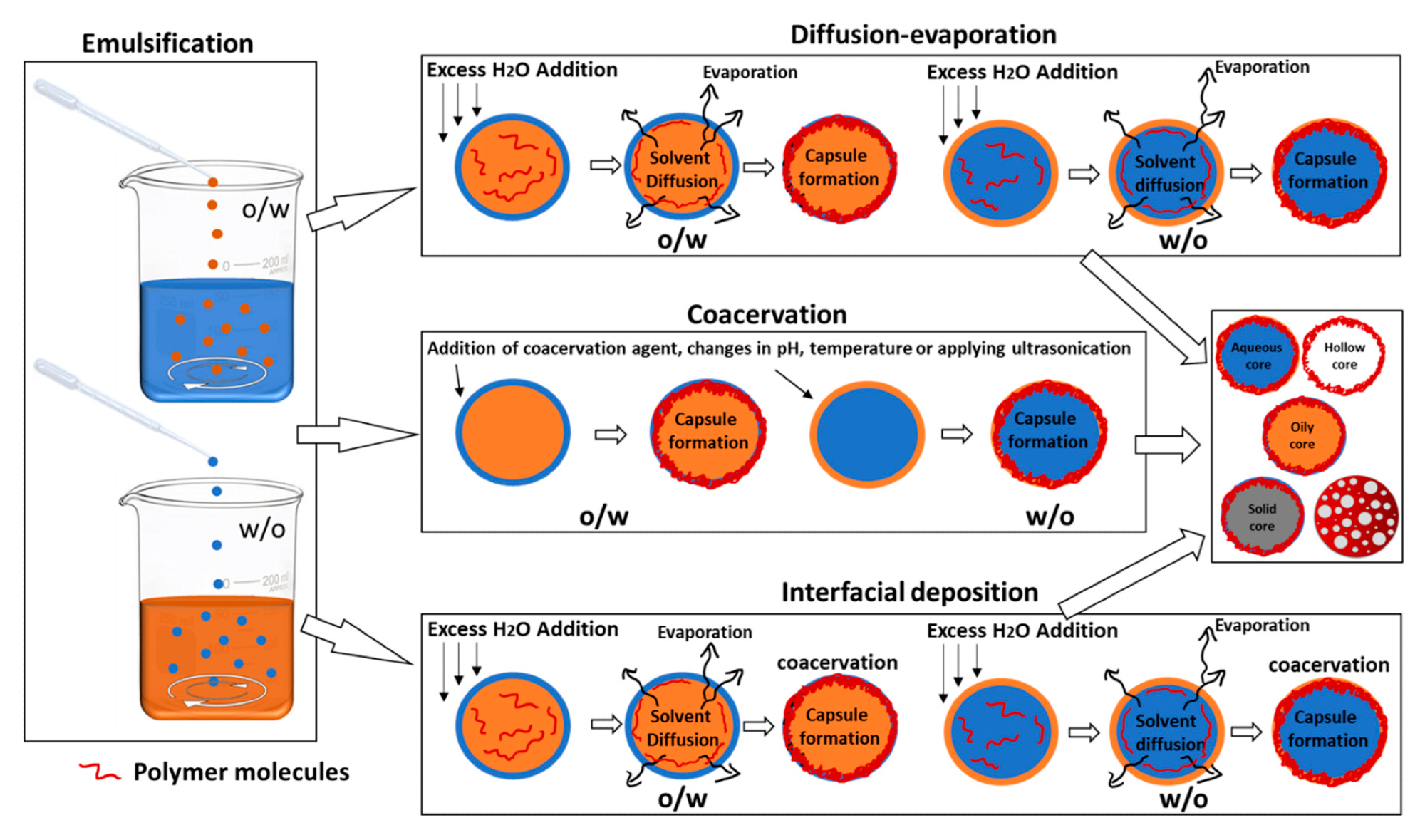
Schematic diagram of emulsion templating approach. © Sharma, K., et al. (2021).
Advancement in Nanotechnology Encapsulation
Protein-based drug delivery carriers have a number of benefits, including higher biocompatibility and good stability, biodegradability, and greater drug-binding potential leading to good drug-loading effectiveness.
Protein-based processes, such as hydrogels have been designed and evaluated for use in cancer therapy, nutritional therapeutic, diabetes, musculoskeletal diseases, neurological diseases, and stem cell treatments.
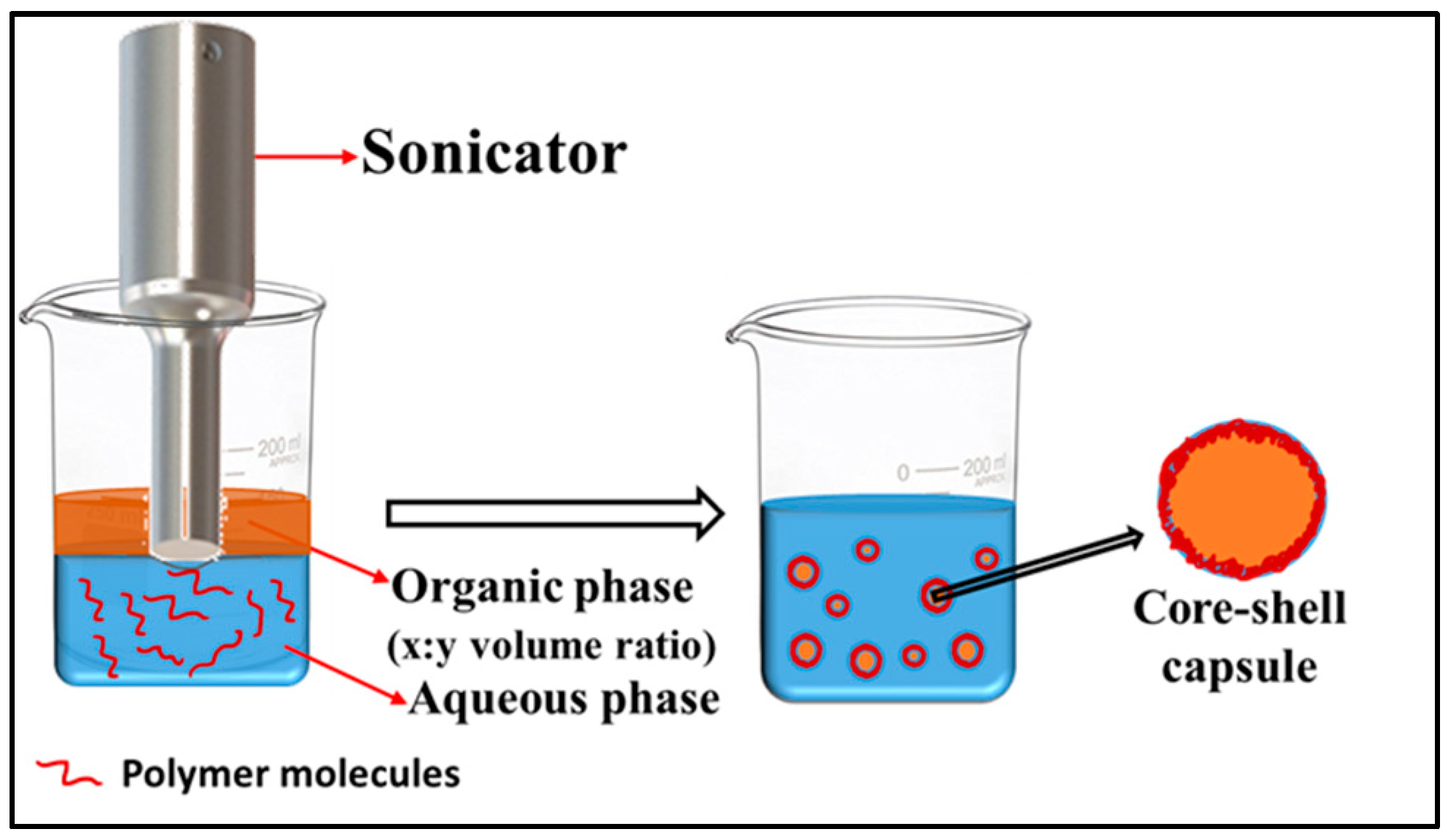
Schematic diagram of ultrasonication-assisted emulsification-coacervation. © Sharma, K., et al. (2021).
Due to its simple and time-efficient technique, ultrasonication-assisted flocculation is also thought to be one of the top capsule synthesis approaches. Several studies have used the ultrasonication method to create liquid-core capsules.
Continue reading: Synthetic Protein Nanoparticles: An Overview.
Reference
Sharma, K., et al. (2021) Designing Natural Polymer-Based Capsules and Spheres for Biomedical Applications—A Review. Polymers 2021, 13(24), 4307. Available at: https://www.mdpi.com/2073-4360/13/24/4307
Disclaimer: The views expressed here are those of the author expressed in their private capacity and do not necessarily represent the views of AZoM.com Limited T/A AZoNetwork the owner and operator of this website. This disclaimer forms part of the Terms and conditions of use of this website.